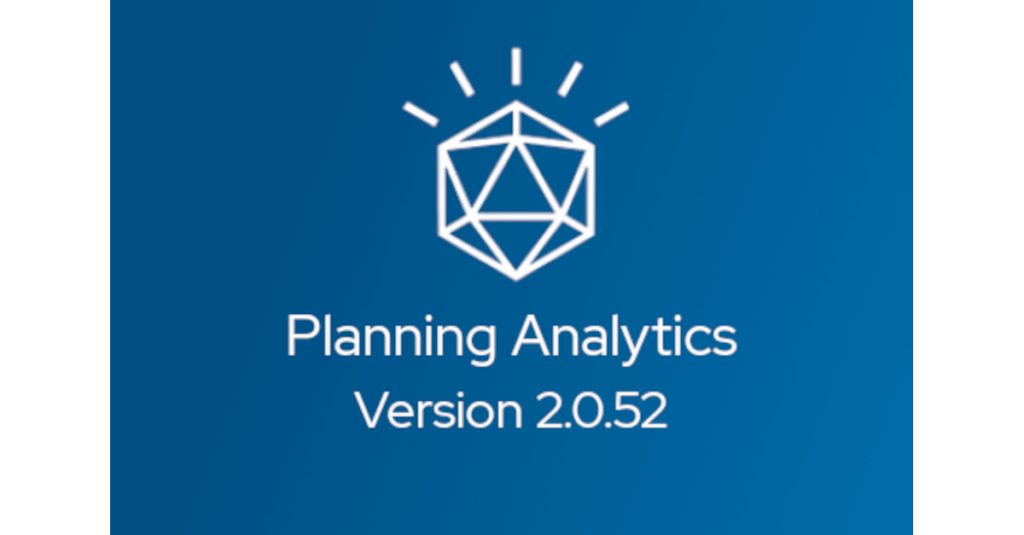
Brian Moore, May 8, 2020
Get the Best Solution for
Your Business Today!
Table of Contents
Yielding Improved Results
With the advent of better tools for enterprise-level planning in the office of finance, budgeting and forecasting accuracy have come a long way. A greater volume of data, greater levels of detail, and more transparency yields improved results. Gone are the days of simply copying previous year data and projecting a 3-5% linear increase. Applications like IBM Planning Analytics enable the planning team to create projections of revenue and expense data across many dimensions so that every entity, business unit, department, product, and/or region can be closely monitored. But what if detailed planning still isn’t enough? What can organizations do to further improve the precision of their planning process?
Adding Intelligence to Planning
I’m sure everyone has heard more than enough noise about artificial intelligence, machine learning, and advanced analytics, but when we boil down the practical application of these buzzwords to the office of finance you’ll find that they aren’t as intimidating as first glance. Applying AI to your planning process doesn’t mean that HAL 9000 is in the back office churning out next month’s sales numbers while analysts eagerly scribble down the results. In the current sense, predictive planning typically refers to the combination of time series forecasting algorithms and seasonality patterns from historical results to project future outcomes with greater accuracy. This method of augmented planning is already available and very achievable with the right tools and resources.
A more sophisticated method of predictive planning involves incorporating external data and causal factors. While many of these factors are industry-specific, some common circumstances that are likely to affect your bottom line might involve weather data, the performance of partners/suppliers/competitors, macro-economic indexes, political climate, and even customer sentiment in the Twitterverse. All of these factors can be evaluated and scored according to their relevance as a predictor. Probabilities are then assigned as to how they will impact your numbers- thus adding additional ‘intelligence’ to the planning cycle.
In the early stages of predictive planning, statistical modeling has typically been performed in silos and the results haven’t been integrated with the corporate-wide financial planning process. Only when results are fully integrated will organizations realize the benefits and be able to react to accurate predictive data. The Holy Grail of planning is achieved when all planning can be automated with this level of intelligence. Human bias has largely been the culprit of poor planning accuracy, and so relying on a statistically-sound process provides an organization with the most probable outcome. Ask any casino or wall street trader and you’ll find that it’s always best to place your bets on the most likely result.
Conclusion
In regards to next steps and the practical application of the concepts in this article, analytics tools are beginning to make the automation and integration of predictive methods much easier. For example, IBM has already embedded Watson AI into their Business Intelligence application Cognos Analytics. Later this year (2020) IBM will be embedding capabilities within Planning Analytics to easily leverage time series forecasting and seasonality to produce forecasts.
PMsquare has been ahead of the curve in assisting numerous organizations with implementing predictive intelligence within business analytics and FP&A processes by partnering with data scientists and utilizing predictive algorithms. If your organization is interested in leveraging predictive analytics to improve budgeting and forecasting accuracy, please submit your contact information and we’ll reach out to start a conversation.
Next Steps
We hope you found this article informative. Be sure to subscribe to our newsletter for data and analytics news, updates, and insights that are delivered directly to your inbox.
If you have any questions or would like PMsquare to provide guidance and support for your analytics solution, contact us today.









